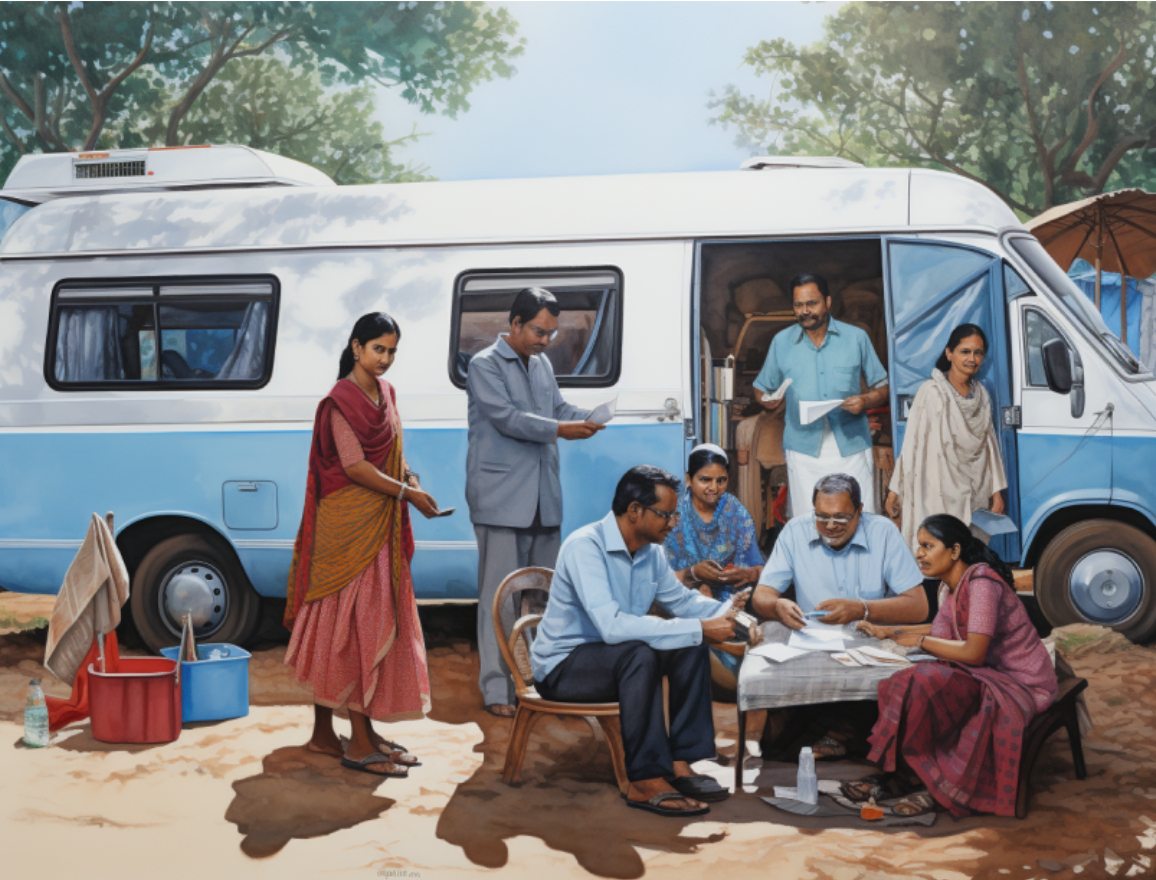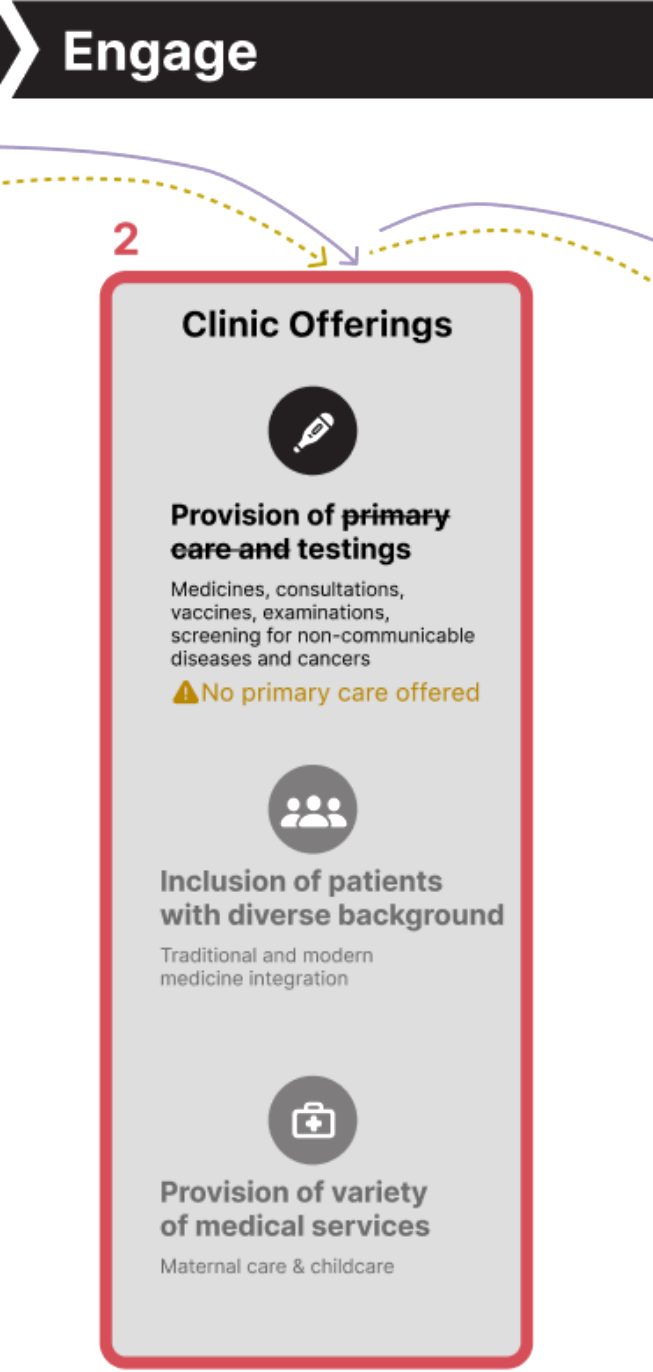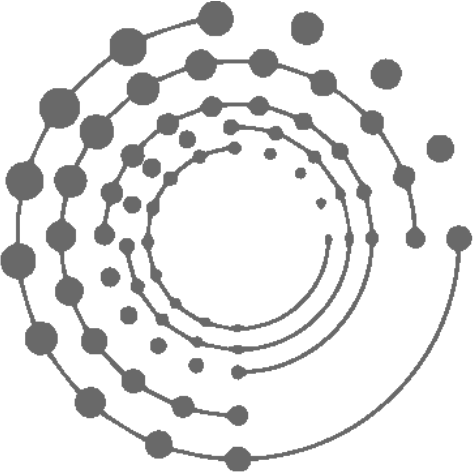
Infrastructuring Accessible Healthcare
Through the everyday infrastructure of a market
Millions of poor people in remote, rural areas of Chhattisgarh are struggling to access health services due to various technical, socio-economic, and behavioral factors. These include remoteness from main urban areas, infrastructure connectivity, ability to travel, lack of health care facilities, affordability of care, belief in faith-based healing, and provision of inadequate care, among others. Haat Bazaar Clinics are pop-up services set up in tents or mobile vans at weekly Haat Bazaars markets across the state. These markets are frequented by tribal community members seeking basic day-to-day products, forest dwellers selling forest produce, small farmers, and other local producers. The project’s objective is to approach the Haat Bazaar Clinic initiative as an everyday infrastructure for improving the health outcomes of tribal communities. This project is being conducted in partnership with the National Health Mission, the Chhattisgarh Department of Health, district administrations, local markets, health facilities, and community leaders.
-
Deepakshi Tulshan
Sanjana Kripalani
Ran Konaka
Benedicta Gokah
Tianrui Sun -
Andre Nogueira
Kartik Krishnan
Shyamal Santra
Partners
Leap leverages design to catalyze sustainable social transformations in India. Together with villagers and leaders from across sectors, LEAP co-creates academies, journeys, and ventures to promote the well-being of people and the planet. Leap believes the active engagement of stakeholders in all programs makes it possible to transform the massive number of people that cause the scale problem in India into those providing solutions that create impact at that scale.
The Transform Rural India Foundation develops multistakeholder initiatives to trigger, nurture, and support community efforts to transform themselves. It seeds solutions and galvanized collaborative endeavors of Bazzar, Samaj, and Sarkar to rapidly transform opportunities for life advancement in villages by bringing best practices and solutions, making government deliver better, and convening private sector and civil society partners focused on transforming villages.
Context
The Problem
Tribal communities residing in the forests of Chattisgarh have limited access to health care services due to the lack of social infrastructure and basic amenities like roads, health centers, and access to running water.
The Everyday Infrastructure
The weekly haat bazaars of Chattisgarh are a traditional form for the tribal communities living in far-flung rural areas they walk long distances to sell their forest or agricultural produce and buy household supplies for the week.
The intervention
The Chhattisgarh state government launched the Mukhyamantri Haat Bazaar Clinic (HBC) scheme in 2019. The goal was to utilize weekly haat bazaars as a platform to take primary healthcare services closer to people who need it the most.
14,000
Haat Bazaar Clinics have been conducted across Chhattisgarh
800,000
People who have benefited from the Haat Bazaar Clinics
556,879
Patients in the Kanker district alone accessed these clinics' services in a single year
Current Policy Mapped
One of the primary purposes of the Haat Bazaar Clinic is to increase access to healthcare in rural India.
It gives free basic care and tests, working with different groups and following regulations. It is supposed to offer sufficient setups like water, electricity, and biowaste management.
Being at the Haat Bazaar Market makes it easier for people to get healthcare without having to travel all the way to the city. The clinic is supposed to offer great mobility in terms of transporting medicines and types of equipment.
But the reality at the grassroots is vastly different from what the policy stipulates
we could see that the clinic is running but has significant limitations. The staff is not always there as the policy say, especially doctors and pharmacists. The drivers and vans for the clinic are not always around, making it hard to procure medicine. The clinic are not providing basic primary care and mostly just work as testing centers.
And, there are emerging components that have largely been unaccounted for
A notable observation is the formation of long queues outside the clinic, where people have to wait under simple setups like tarps and tents, enduring long waits in the sun and rain.
This unpleasant experience might discourage rural residents from using the Haat Bazaar Clinic, pushing them towards city hospitals or traditional medicines.
Also, because of the limited availability of resources, there's not enough medicine for residents. Patients get only a week's worth and have to come back the next week for more. Due to the shortage, there's a corruption problem, making the medicines more expensive.
Problem Space
Three Hotspots Identified
To provide adequate healthcare, we need to identify stakeholders, and how they interact in the system
Hotspot 1
Problem in Accessibility to the Clinic:
The current system excludes people who are unable go to the market
Policy
The policy assumes patients will visit the Haat Bazaar Clinic with the intention and purpose.
Reality
The reality shows people attending the Haat Bazaar Market, happen to know the clinic.
Hotspot 2
Problem in the Clinic Offerings:
The current system doesn’t accommodate emerging needs for primary care
Policy
Patients have access to testings and primary care, inclusive transition to modern medicines
Reality
Patients getting basic testings, discovering that they have to go to more advanced hospital
Who is excluded from accessing the current system? how do we account for this?
Problem Space in current offerings (Accessibility)
Problem Space in Emerging Needs
Opportunity Space
Meet people where there are at … an example of Bhanpur
Bhanpur is a major congregation point for some of the biggest bazaars in the state of Chhattisgarh.
The closest hospital to Bhanpur is 27km away which is quite the distance when walking.
Situating Bhanpur as a healthcare hub that serves neighbouring villages
Reframing the System
What If
Long Term Strategy
Hubs + Satellite
Year 1-2
HBC Hubs + Satellite system, where major haat bazaars across the state become medical hubs, with the ability to deploy to surrounding villages
The Network
Year 3
A robust network of hubs and satellites creates opportunities for a network among connectors. Think interactions and movement between nodes.
The Platform
Year 4-5
The network leads to a platform that allows for bundling of services e.g discounts from the market, access to other services like financial or legal services
The System
Year 5+
A robust system that celebrates health & wellness























